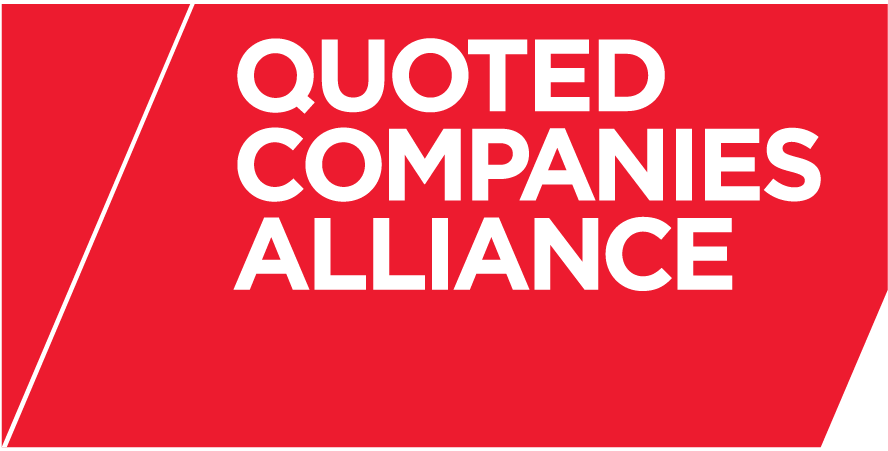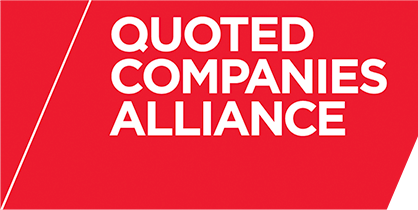The AGM can often be a nerve-wracking experience for companies, especially for those involved in their first AGM following flotation. Often, it proves to be anti-climactic and all too brief. However, ‘be prepared’ should always be the company secretary’s motto in this area.
Before the meeting Venue and timing
Consider likely numbers attending; plan signage and seating and top table layouts; identify team members to help on the day; overflow room should be available if required; refreshments; security arrangements; any marketing stands; and double-check any audio visual requirements. Think about travel arrangements for shareholders, not to mention the availability of directors. Remember, the AGM deadline is six months from the end of your financial year.
Notice
Liaise with the company’s printers in good time to arrange to send out the annual report with the Notice of the AGM and the proxy card and also arrange to send shareholder labels. Then post the official Notice on the company website (the UK Corporate Governance Code recommends 20 working days’ notice of the meeting). You’ll need to obtain approval for the Notice for the AGM at a board meeting. Decide whether a current trading statement will be made, and if so, arrange a simultaneous announcement through RIS.
Registrars
Confer with your registrars in relation to all timings and logistics, and the payment of the dividend. It is worth thinking about whether the registrar should attend and register shareholders upon their arrival.
Voting
Will you hold the vote on a show of hands or by way of a poll? Review the company’s articles carefully so that the correct process can be followed. You should be aware of the recent changes to votes of corporate representatives and proxies and the abolition of the casting vote of the chairman. This is also a good time to review all provisions for general meetings in the company’s articles. Review the progress of the proxy votes received, and keep the board updated.
You may wish to examine any shareholder comments on the proxy cards also. Consider proxy solicitation if major shareholders have not voted in good time. Remember to make an RNS announcement if the chairman is holding proxies representing substantial voting rights.
Resolutions
Draft appropriate wording in the directors’ report or explanatory circular to accompany the Notice of AGM about the resolutions to be proposed; consider any additional resolutions to be included; review the latest NAPF and ABI guidance and check to see if FSA approval is required.
Script and questions
Draft a chairman’s script for the meeting and guidance notes on points of order and poll procedures. Consider likely shareholder questions and suggested answers and circulate to the board. Obtain input internally and externally. Consider who will answer shareholder questions and at what point they will be taken.
Art the meeting Documents
Remember to have copies of statutory documents, including the annual report, available on the day.
Minutes
You’ll be required to prepare the minutes. This can be arduous, but a template can be prepared in advance and then completed after the meeting to cut down on some of the work. Another tip is to have attendance sheets completed as people arrive to use in the minutes – these should include both shareholder and non-shareholder attendees.
Voting
You’ll need to have poll documentation ready if voting on a show of hands is inconclusive. Remember, when a vote is being conducted via a show of hands, be aware that the new Shareholders’ Rights Regulations relating to shareholders who hold multiple proxies have now been clarified. Proxy votes will need to be given at the meeting.
After the meeting Resolutions
File any passed resolutions at Companies House, and with the Listing Authorities’ National Storage Mechanism (formerly the Document Viewing Facility), and update the company’s articles if required.
Announcements
Make any required RIS announcements and place the results of any polls on the company’s website (for traded companies).
Madeleine Cordes, the author of this article, is a business development consultant in Shareholder Services at Capita. To find out more, please visit Capita's website.

